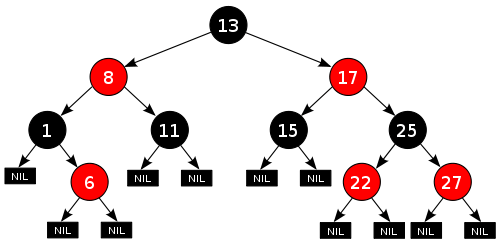Branching factor

For example, in chess, if a "node" is considered to be a legal position, the average branching factor has been said to be about 35.[1] This means that, on average, a player has about 35 legal moves at his disposal at each turn.
Higher branching factors make algorithms that follow every branch at every node, such as exhaustive brute force searches, computationally more expensive due to the exponentially increasing number of nodes, leading to combinatorial explosion.
For example, if the branching factor is 10, then there will be 10 nodes one level down from the current position, 102 (or 100) nodes two levels down, 103 (or 1,000) nodes three levels down, and so on. The higher the branching factor, the faster this "explosion" occurs. The branching factor can be cut down by a pruning algorithm.
See also
- Outdegree
- Hierarchy
- Hierarchical organization
References
- ↑ François Dominic Laramée. "Chess Programming Part IV: Basic Search". GameDev.net. Retrieved 2007-05-01.